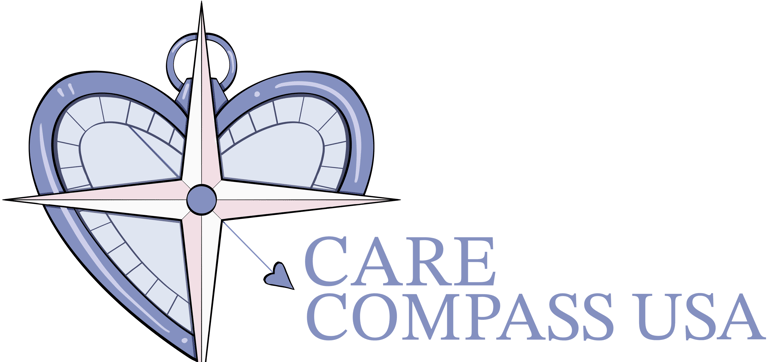U.S. Healthcare


The U.S. healthcare system is one of the most complex in the world, due to a multitude of factors including its fragmented structure, the involvement of numerous stakeholders, and high costs. This complexity makes it difficult for patients to navigate, understand, and access care, while also impacting the efficiency and equity of the system as a whole.
Fragmented System
Unlike many developed nations, the U.S. does not have universal healthcare coverage, relying instead on a mix of private insurance, employer-sponsored plans, and public programs like Medicare and Medicaid.
This fragmented system leads to variations in coverage, access, and costs, creating a patchwork of care with gaps and inconsistencies.
The lack of standardized data and interoperability between different healthcare systems also hinders efficient care coordination and data sharing.


Stakeholder Complexity
The U.S. system involves numerous stakeholders, including patients, providers, insurers, employers, pharmaceutical companies, and government agencies.
Each stakeholder has its own interests and priorities, making it challenging to align goals and create a cohesive system.
The involvement of multiple payers (insurance companies) and providers (hospitals, doctors, etc.) adds another layer of complexity in terms of billing, claims processing, and network management.


High Cost
The U.S. spends more on healthcare per capita than any other developed nation, yet it ranks poorly on measures of health outcomes and equity.
High administrative costs, the cost of pharmaceuticals, lack of transparency, and the price of medical services all contribute to the overall cost of healthcare.
The cost of healthcare can be a significant barrier to access, particularly for low-income individuals, immigrants and those with chronic conditions.


